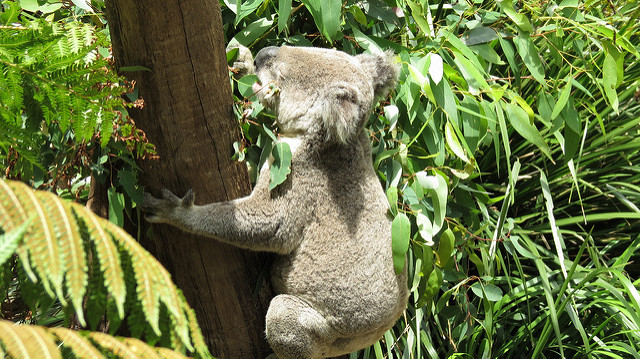Look, there is a koala over there!
Visitors can enjoy meeting exotic wildlife and wonderful views of the Sydney skyline at Taronga Zoo. Some of the most important highlights include the Lemur Adventure Park, Koala Encounter, and Seal Show.
From Sydney, buses to the zoo depart from Wynyard Railway Station. Visitors can also hop aboard a ferry at Circular Quay. The zoo's lively events calendar includes "Roar and Snore", overnight stays at the zoo and some summer concerts.
At the end of the session, you will have:
- visited Taronga Zoo in Sydney.
- known the difference in pronunciation between /u/ - /u:/
- drawn the route of different landmarks at the Sydney google map.
Visit its official website and browse all the different sections of the zoo and look at all the information it contains. After that, answer the following questions:
- How much does a group of eight teenagers (14 years old) save if they buy all their tickets online? (Visit Hours & Rates section)
- Can you spend a night at the zoo? What types of accommodation can you find? (Visit Accommodation section)
- What does the Taronga's Wild Australia Experience include? What the video for more details (Visit Wild Australia Experience section)
Answer these questions in your learning diary. The title of the post has to be: "Look, there's a koala over there!".
After the visit, continue with your posts on Twitter (#taskpodcast and #EDIAsydney). Do you think that this place is worth the visit? Would you recommend it to your friends and relatives? Send a tweet with the hashtag from this project with the positive action you have liked the most from the zoo website to protect our environment.
Remember that Taronga Zoo in Sydney must be part of the route at your Google Sites map.
